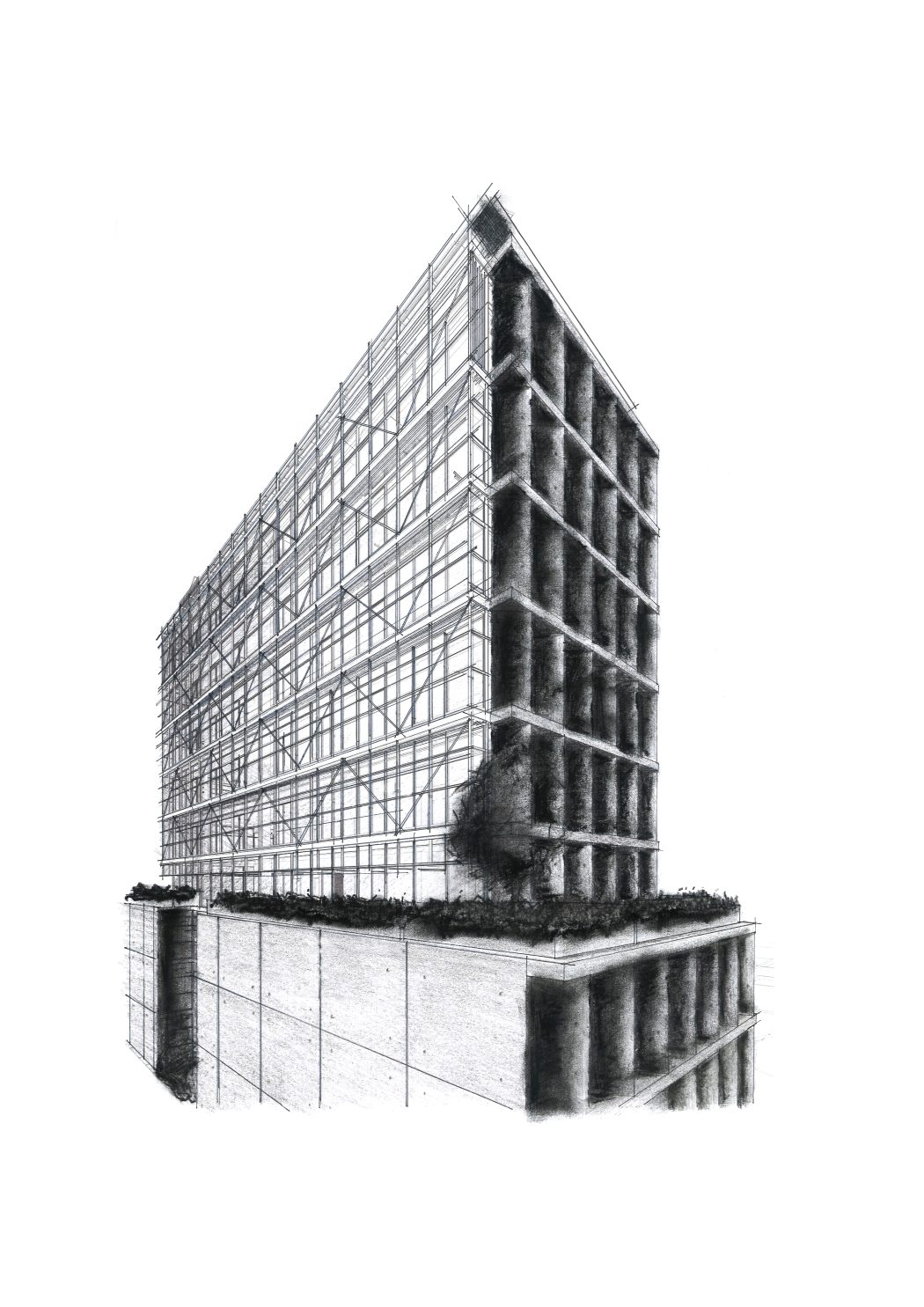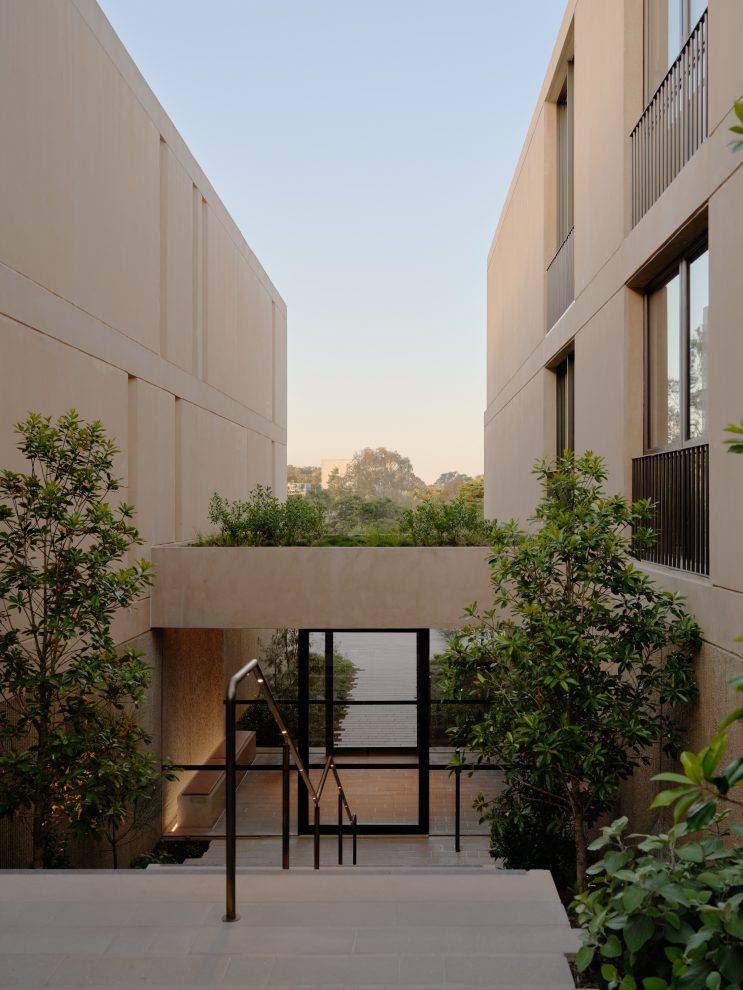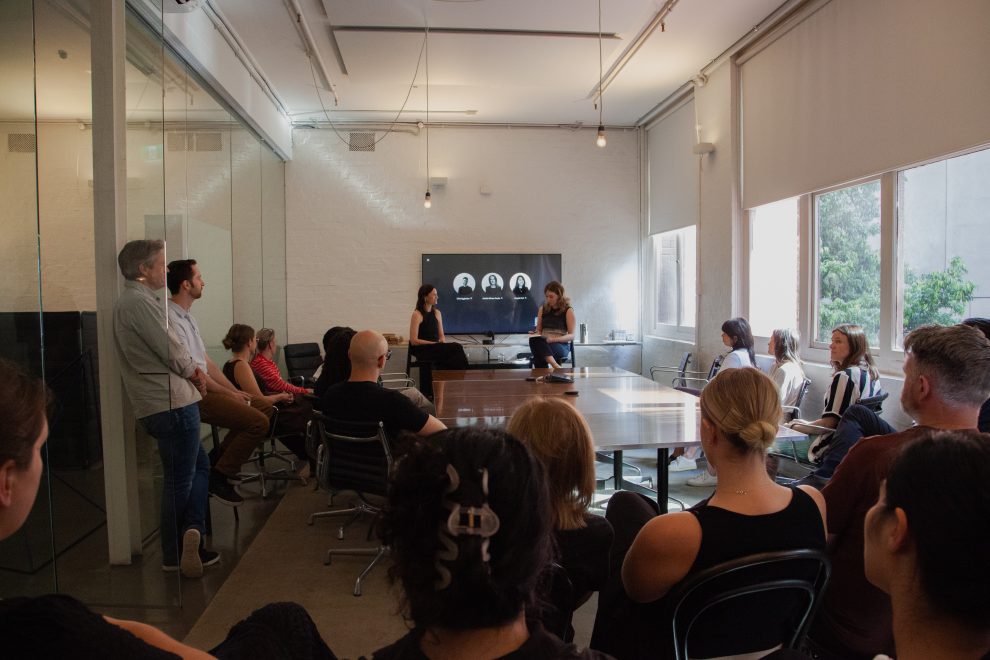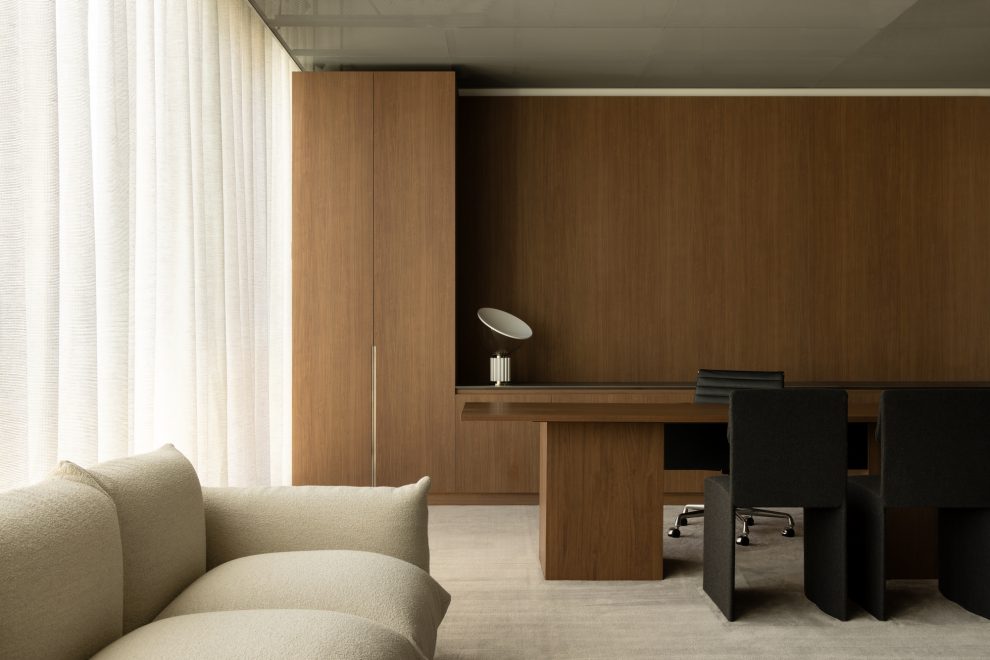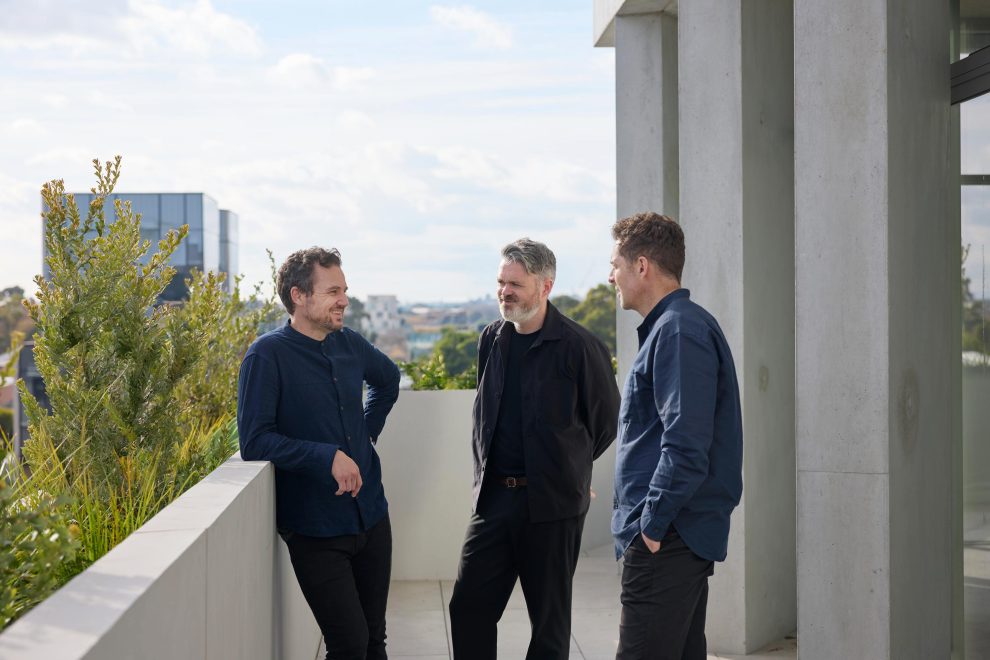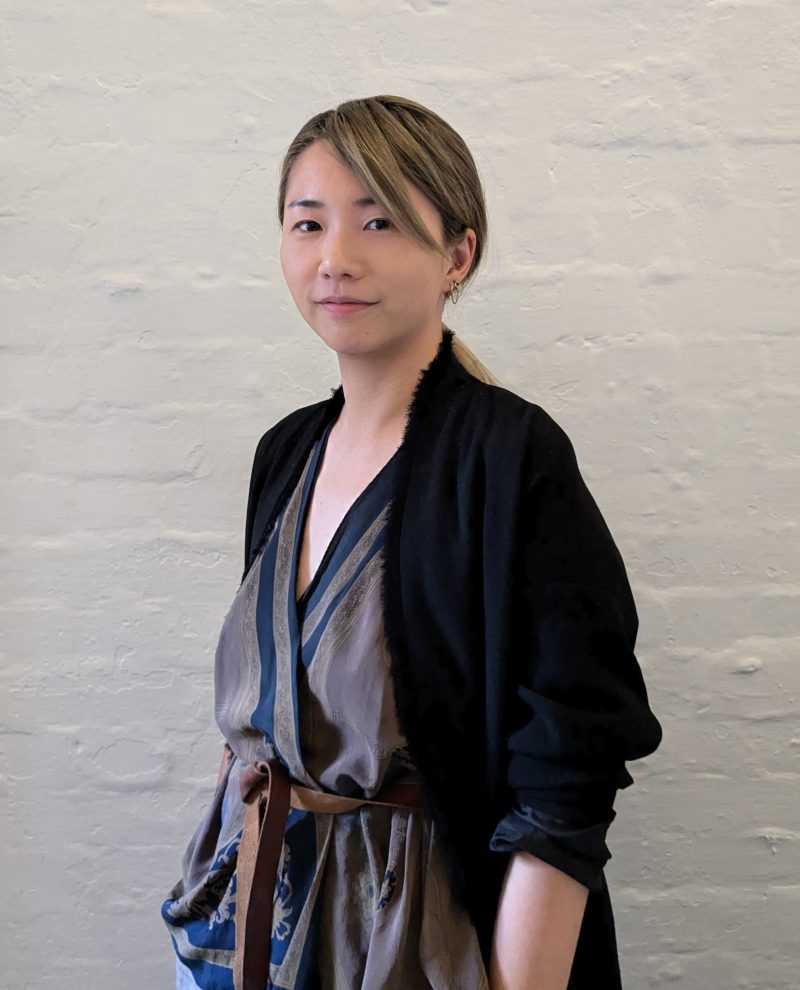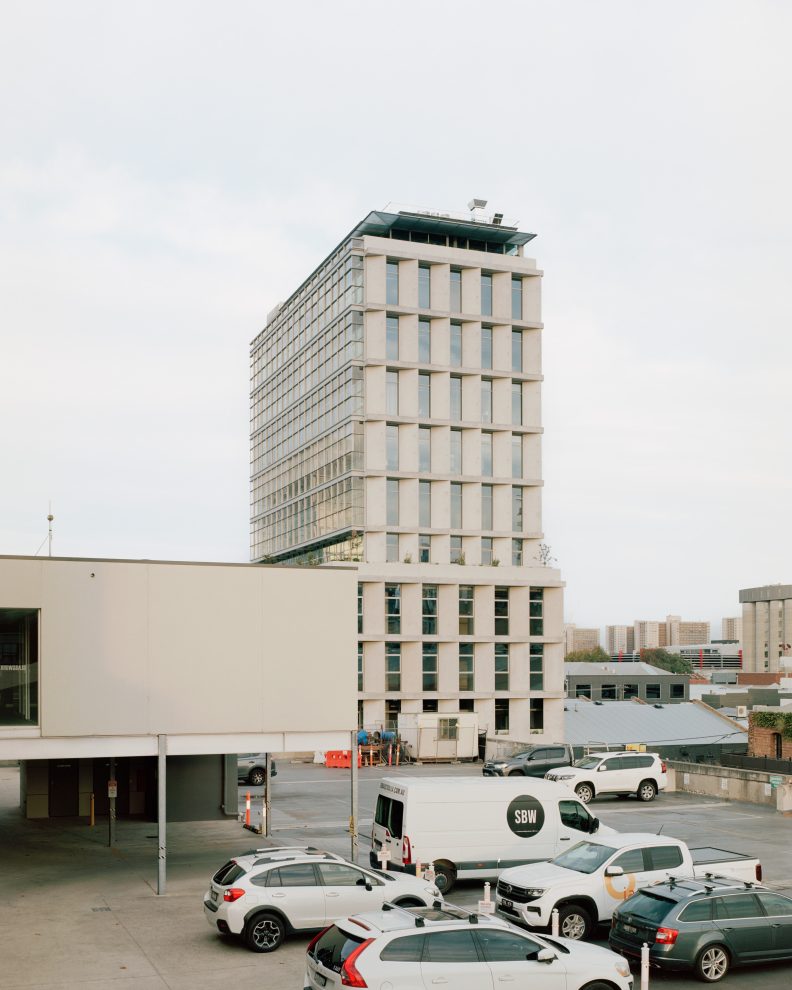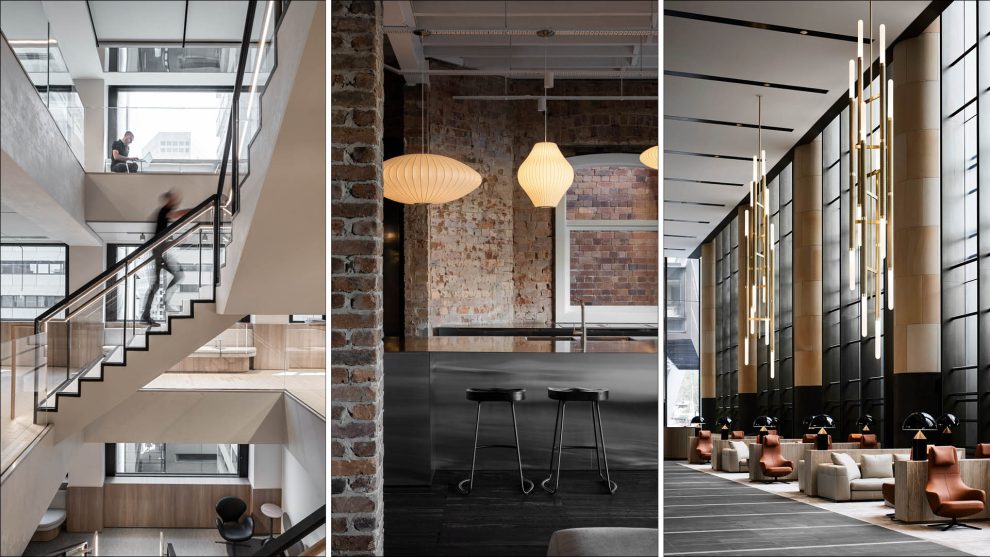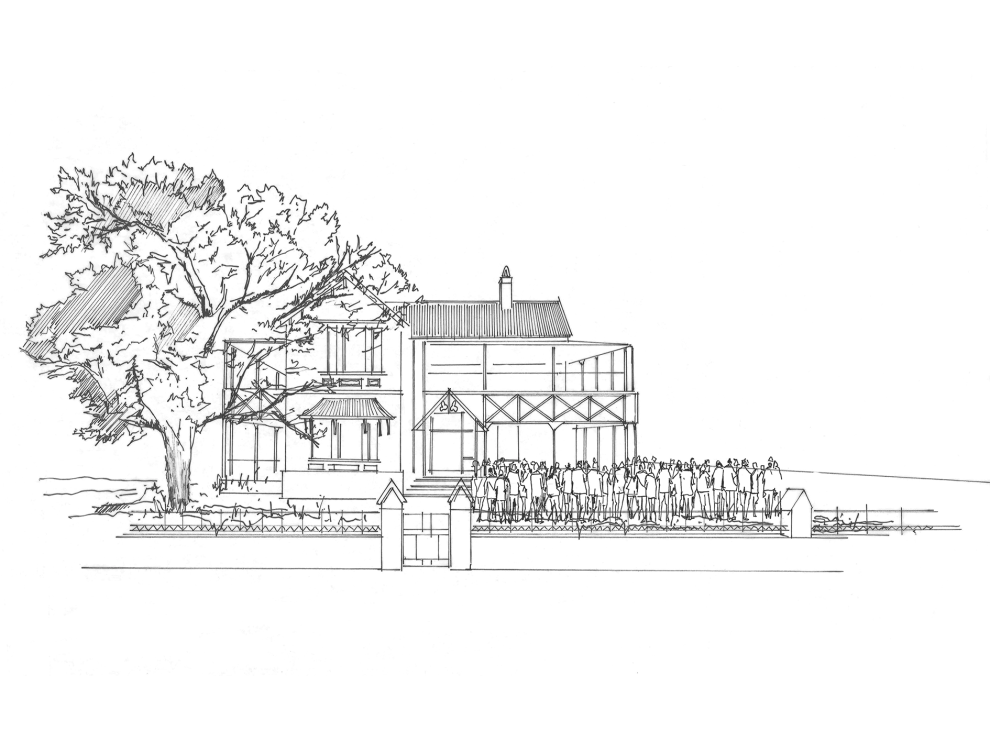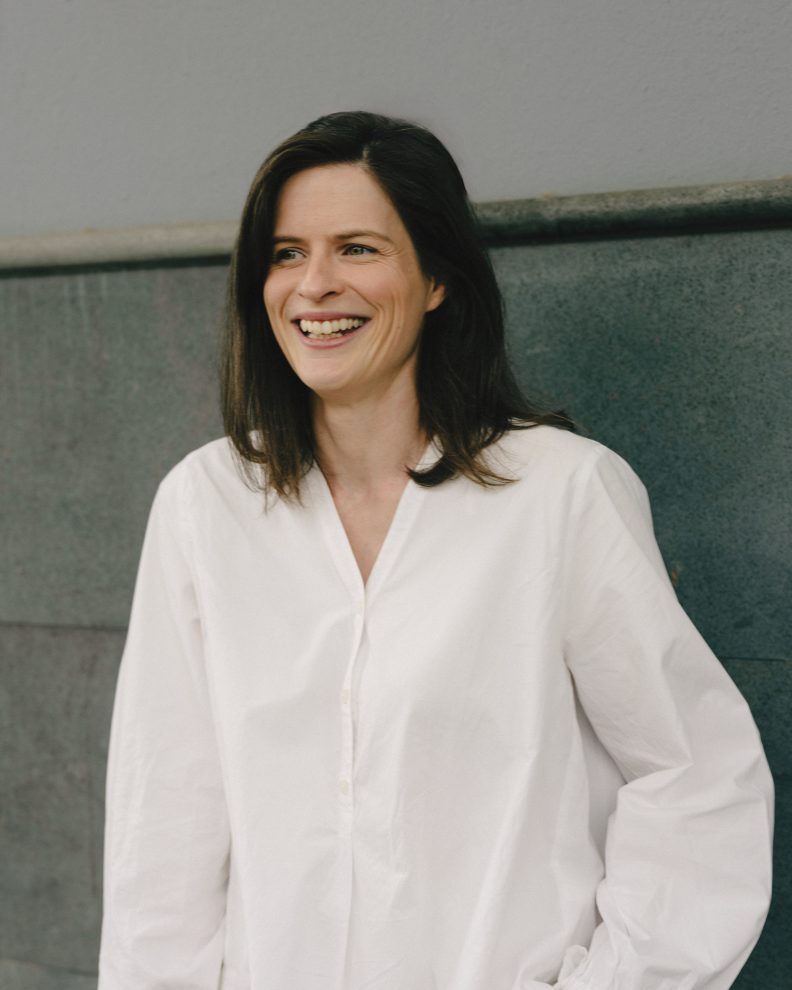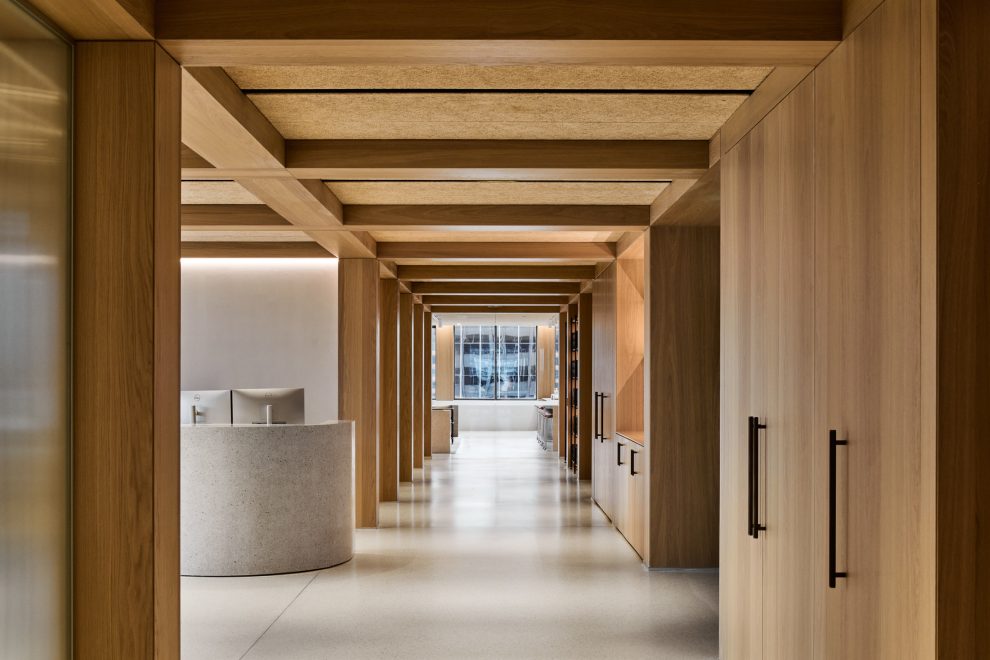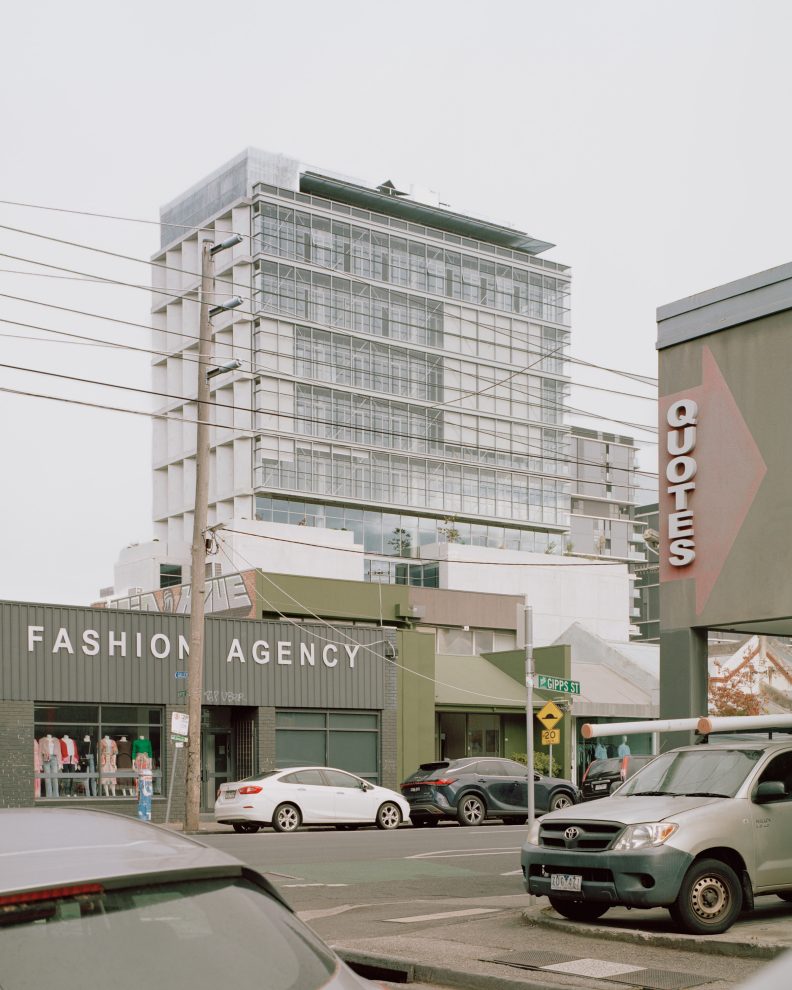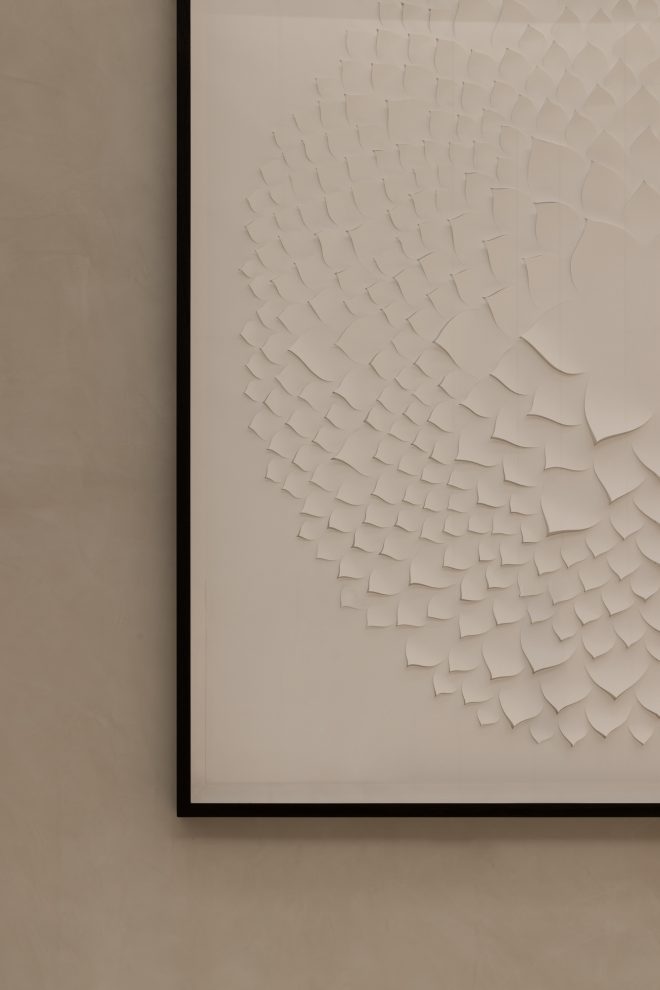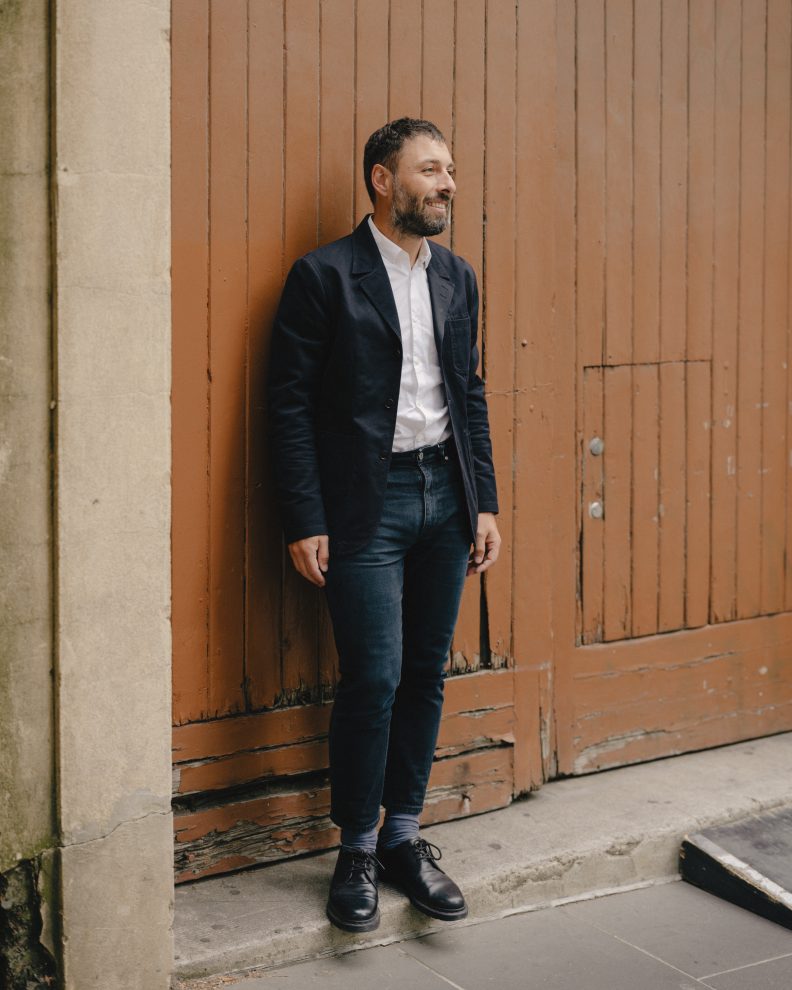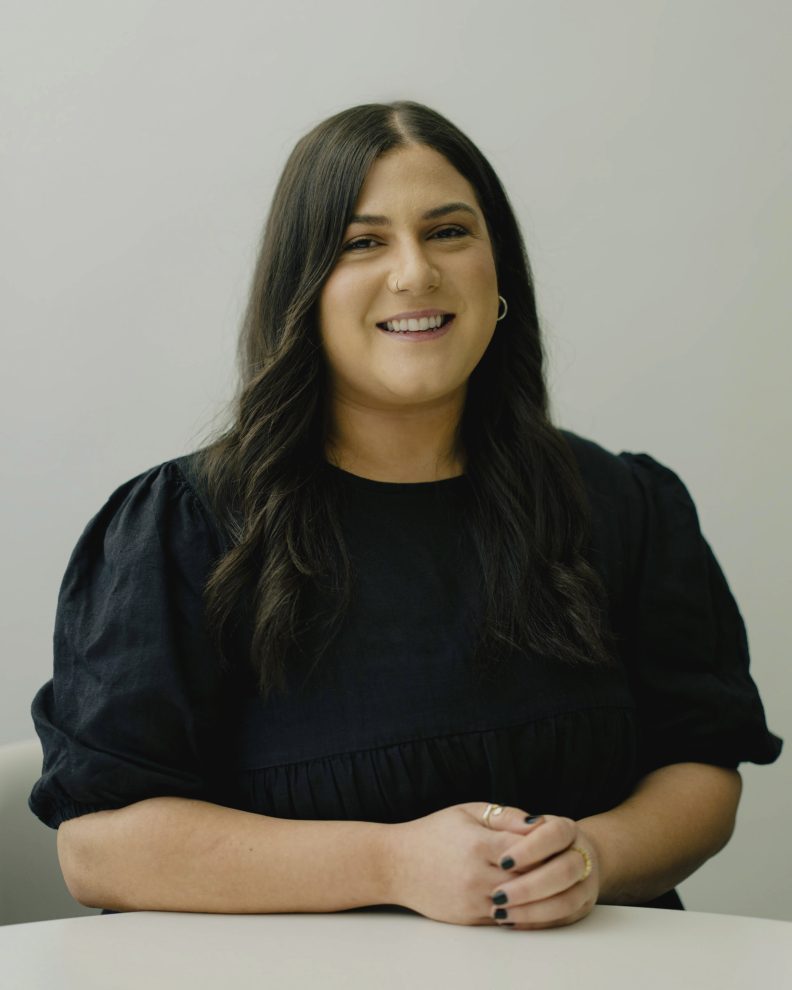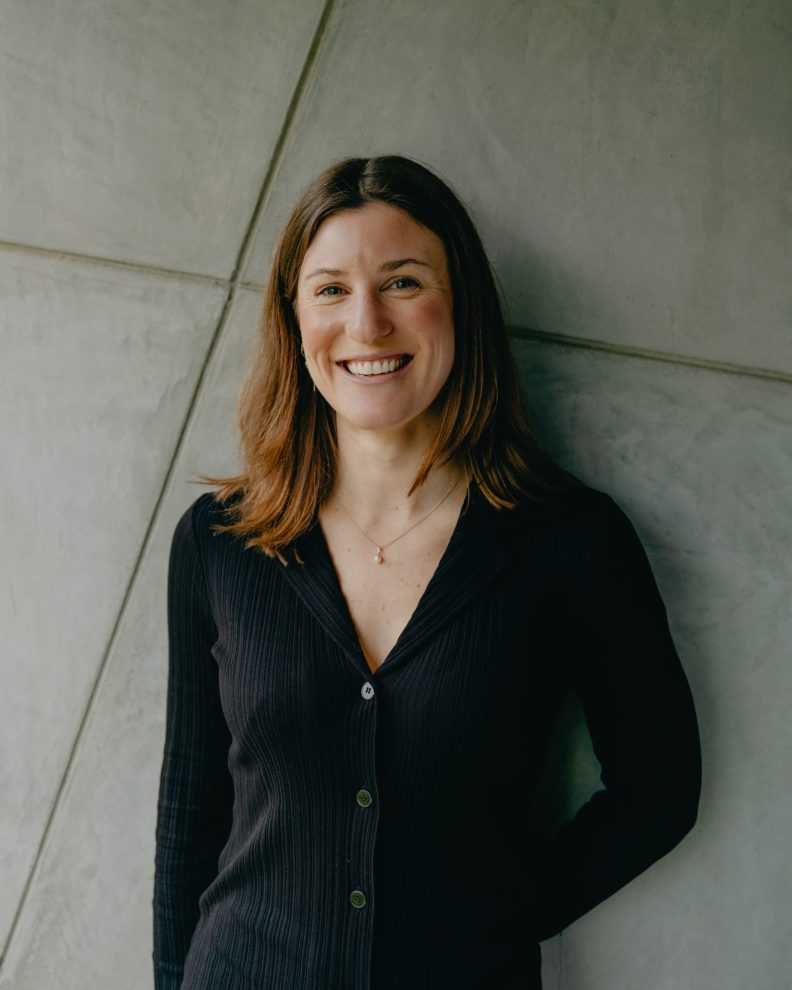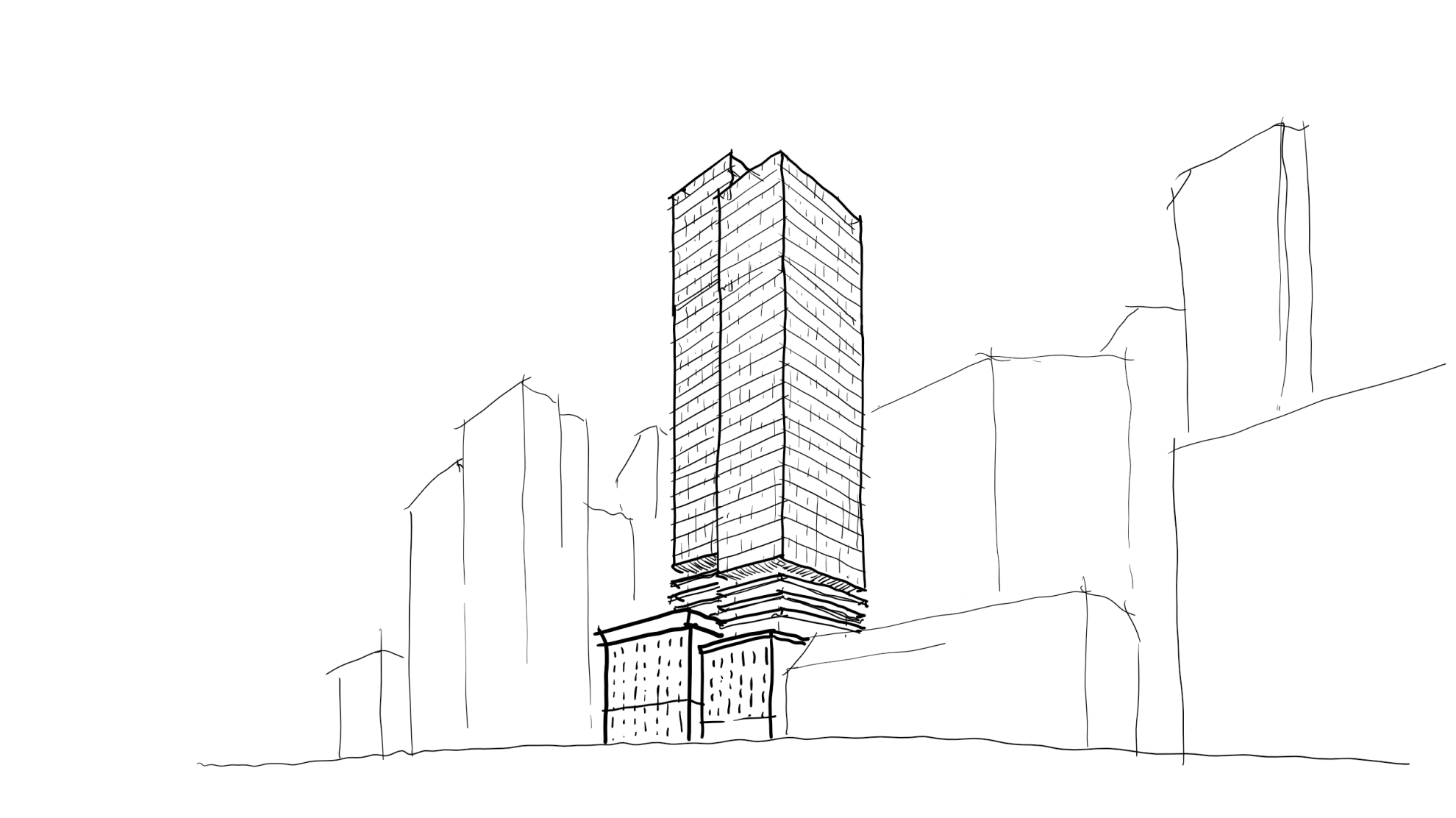
The empowering nature of sketching is perhaps an overlooked topic. Few tools are more creatively and strategically productive – and cathartic – than putting pen to paper. While the design industry goes through dynamic shifts and evolutions, the inherent humanity of drawing is an important counterpart to the progressive influence of technology and artificial intelligence upon the profession.
Today, the Carr team share their sentiments on why the humble act of sketching sets the inventive foundation for the final built form.
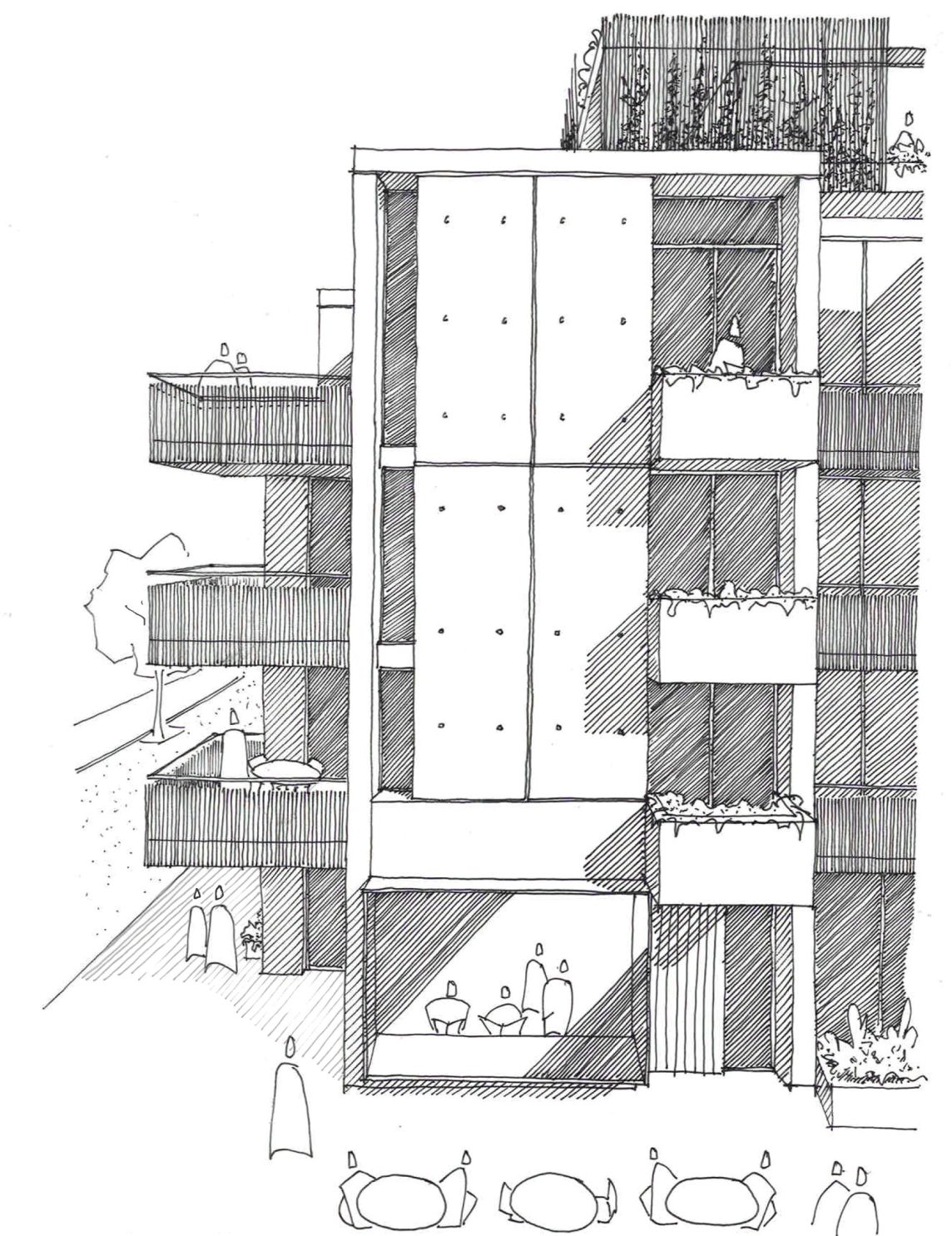
Chris Eggleston, Associate
I use sketches for a couple of reasons. Firstly, they are quick. If I’m trying to test several different ideas, I find hand sketches the most efficient. Or if I’m trying to clarify an idea, I find sketching useful because you can be selective on what you sketch and filter out the less important stuff.
Secondly, I find sketching great for communicating ideas, such as when I’m briefing someone. These are probably more scribbles than sketches, but the same thing really!
Lastly, more refined sketches are great tools to sell an idea. Especially early on when you haven’t got everything figured out, you can be selective in what you include. Plus, sketches are more non-committal than other modes, in a good way. They suggest things rather than prescribing them.
Maree Paraskevopoulos, Senior Interior Designer
I mostly use sketching during the schematic design phase. It’s a very successful method to explore multiple design options, especially within client presentations. It is also a rapid way to communicate during a meeting, whether for the overall design or sketching a detail.
Sketching continues to be an important medium in the early stages of projects as it keeps the design fluid and flexible to a design when working in Revit or other software, which often feels locked in or final early on in the process.
Kenneth Wong, Associate
Sketching fuels my curiosity and desire to explain a negotiation of messy, non-linear ideas coming together. It can be intuitively personal, unrealistic in abstraction, a record of a decision, or a piece of information.
Drawing together is a process that ‘invites others in’. It allows you to remain open to review and iteration. Each sketch can achieve its own embedded logic in a spiral of creation. Where one idea gets discarded and replaced with another, a sketch characterises the resilience of a desire line.
Sketching allows one to pursue concepts in both spatial reality and abstract space. It is also a way of exploring a team’s complexity and overlapping efforts and mapping our reference points for evaluating an idea.
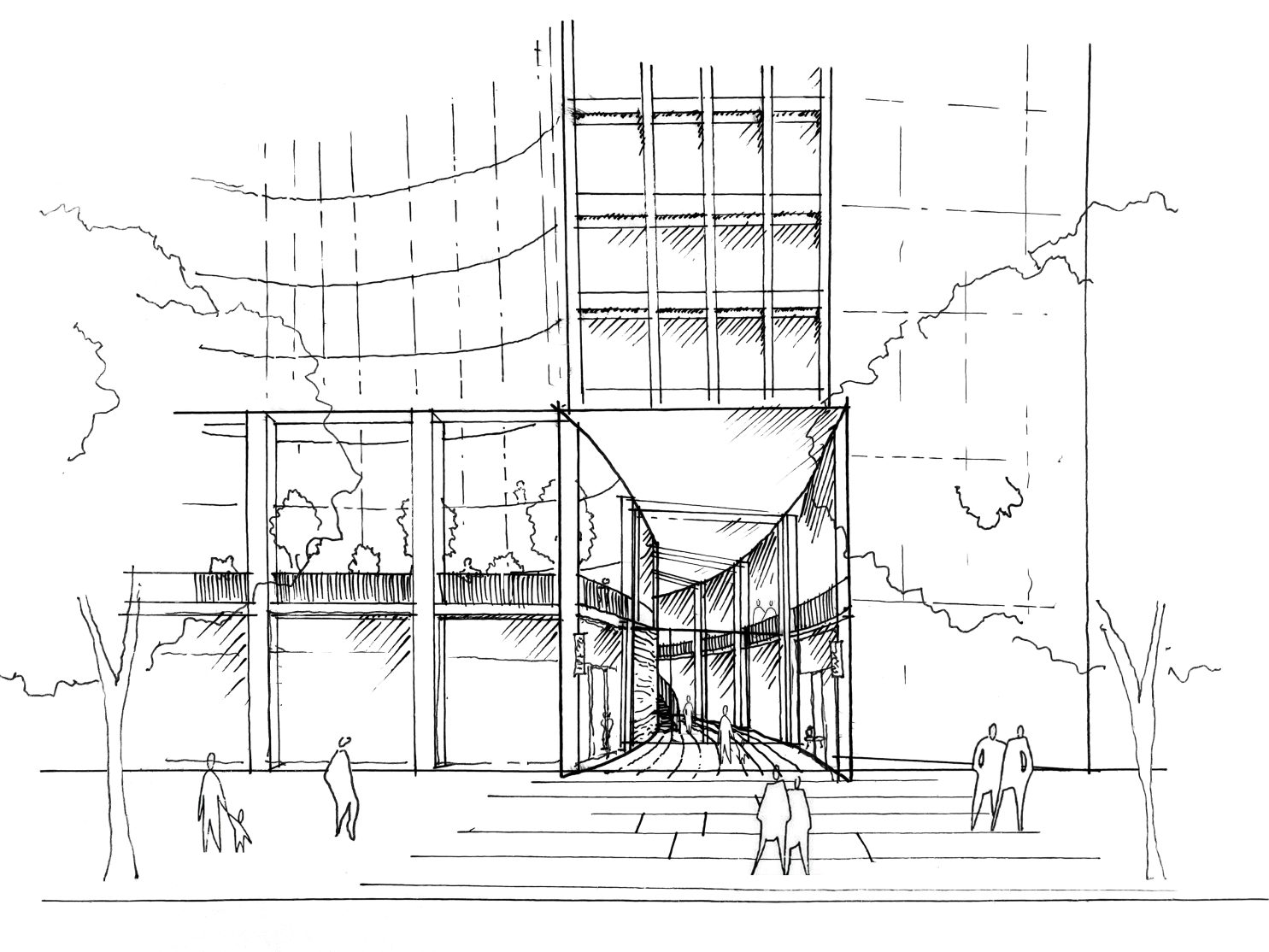
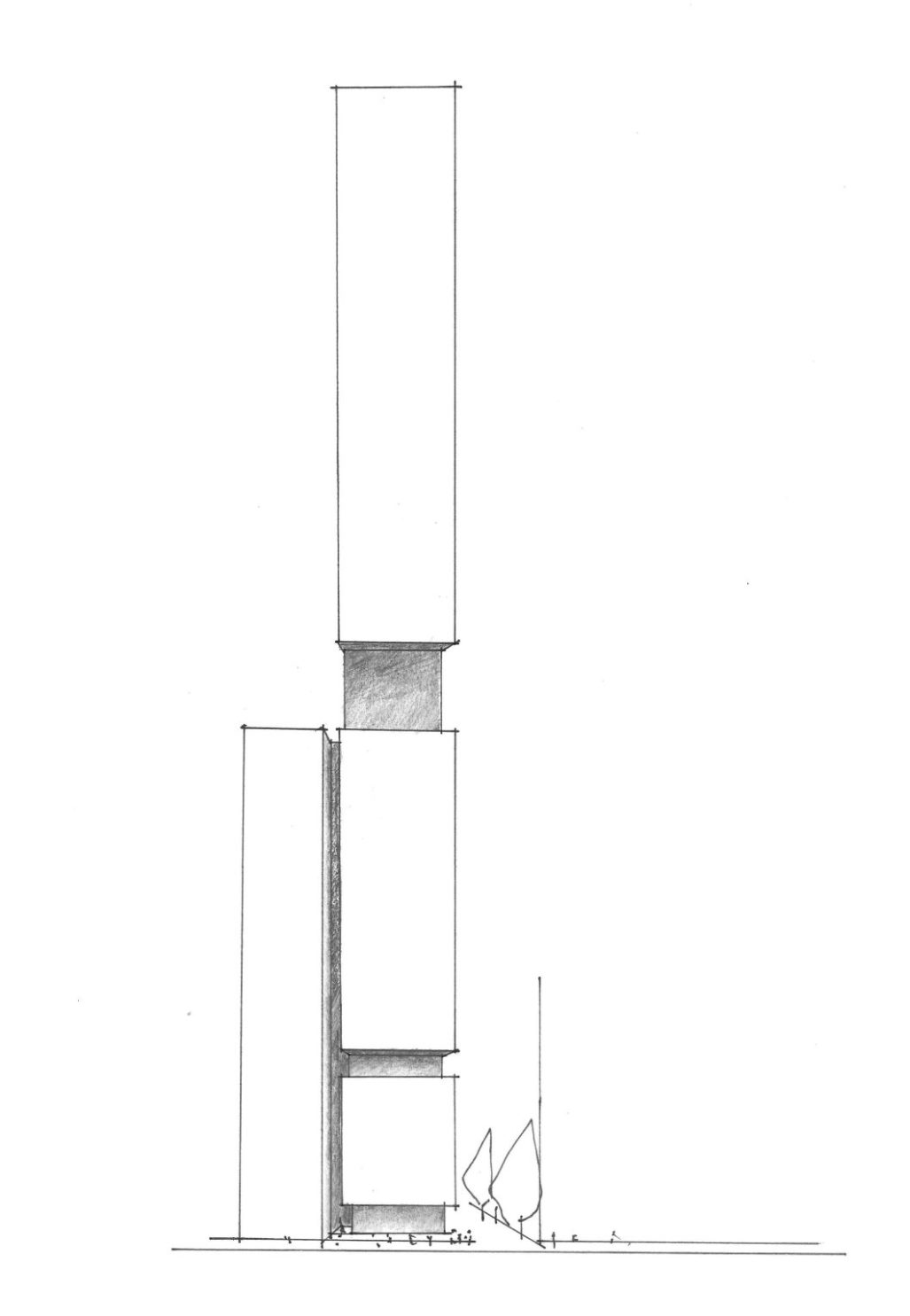
Stephen McGarry, Director
In appreciating the advancement in computer-generated imagery and the ongoing evolution of AI in architectural practice, for me personally, my initial go-to tool for exploration is pen and paper.
The generation of form, volume, shadow and rhythm of space and built form can be beautifully depicted through a simple hand sketch. Through different mediums, shadowing, depth and texture can quickly be represented to allow a design narrative in the conceptual stage to come to life. This helps generate and expand that exploration both internally for the team but for also the client.
Viya Zhang, Architectural Graduate
I sketch a lot in my daily work, finding it to be a powerful tool for communication and design. Compared to verbal explanations and written text, sketches are more direct and easier for people to grasp. They provide a highly efficient and immediate means to convey ideas and concepts, greatly aiding in the design process by allowing for quick visualisation of thoughts.
Sketches are intuitive and can be iterated upon before committing to detailed drawings or models. It is also a process of rationalising and refining ideas which helps me understand and resolve the problems logically.
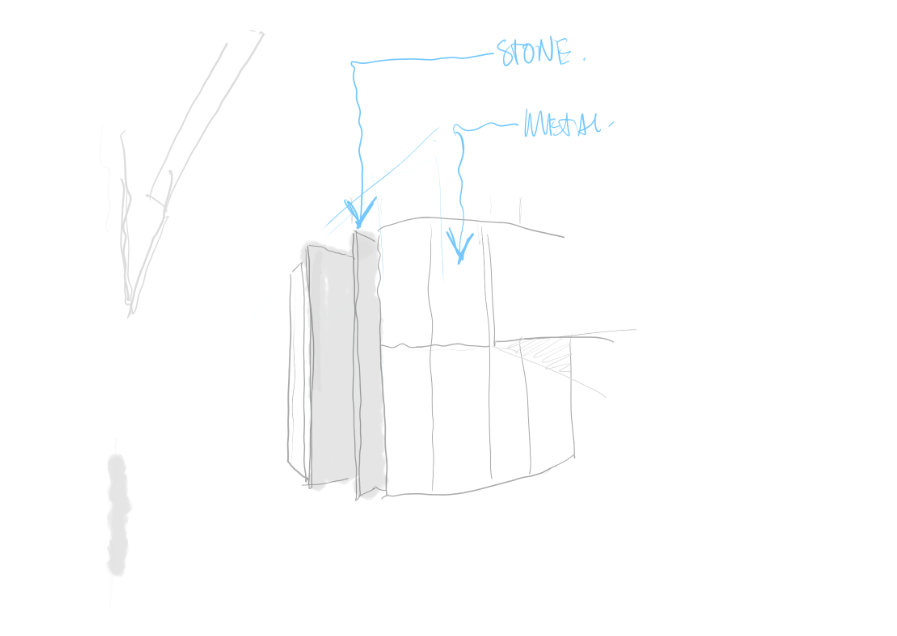
Kirby Humphries, Interior Designer
I mainly use sketching to create quick iterations of design details. It’s a way to easily communicate an idea to the team in a workshop environment, becoming a collaborative process for others to evolve and sketch over to resolve a design or construction detail.
The intent for me is not to produce a beautiful, aesthetically pleasing sketch but more for internal workshops that are quick and efficient in getting an idea on paper.
Christian Grossi, Associate
Sketching is vital in my workflow. It permits the immediate expression, expansion and dissection of ideas, nurturing creativity, and innovation. I believe that early-stage iteration can distract the mind from resolving issues and immerse it in an artistic mindset, enabling a rapid flow of ideas. The mind remains in this artistic mindset as functionality, colourways, placement and basic materiality are tested. The concept can then be swiftly grounded with the aid of a computer or scale rule.
Mark Graus, Senior Architect
Sketching remains an indispensable tool in my daily work. The connection between hand and paper sparks creativity and allows for a more intimate exploration of space, form, and detail. This process is fundamental, efficiently communicating ideas and facilitating problem-solving in a way that is both effective and engaging.
Additionally, sketching plays a crucial role in breaking down complex ideas into manageable components. It serves as a universal language, facilitating clear communication with colleagues and clients by conveying nuances that might be lost in the digital medium. It’s not just about individual creativity; it’s a collaborative process. It encourages the exchange of ideas and inspirations within the team and clients, enhancing the overall design process.
Read David Brook’s thoughts on why modelmaking is one of the most honest devices within an architect’s toolkit.
